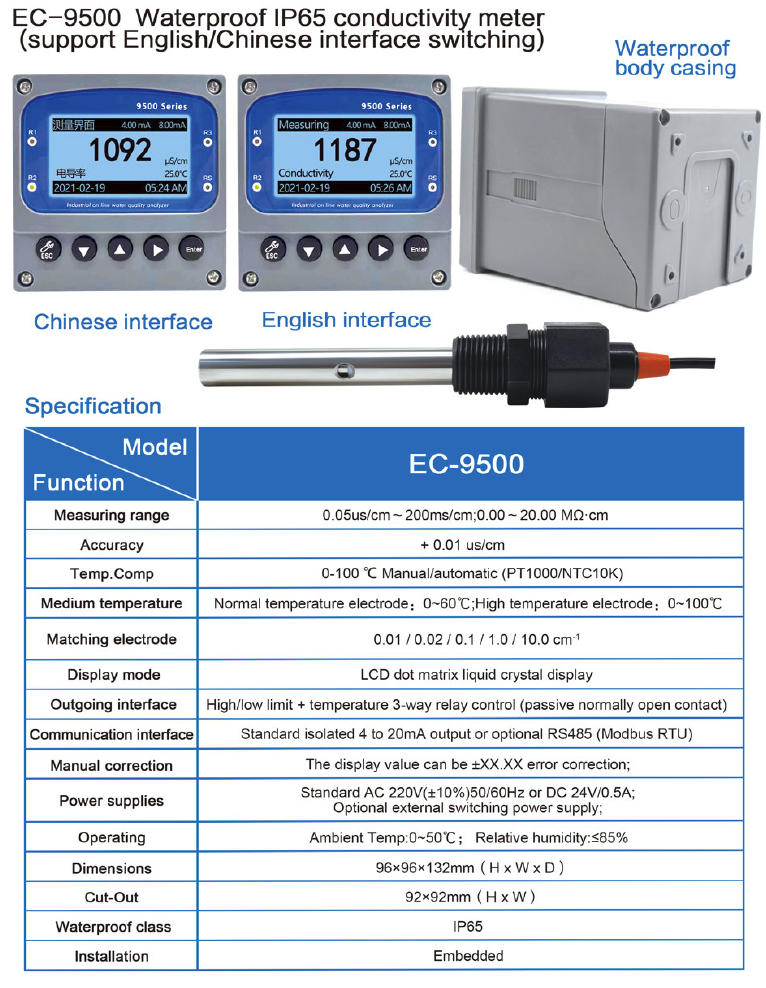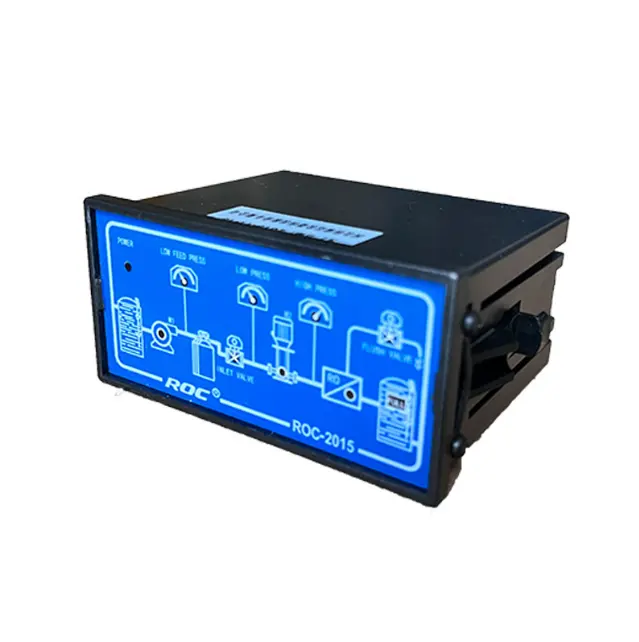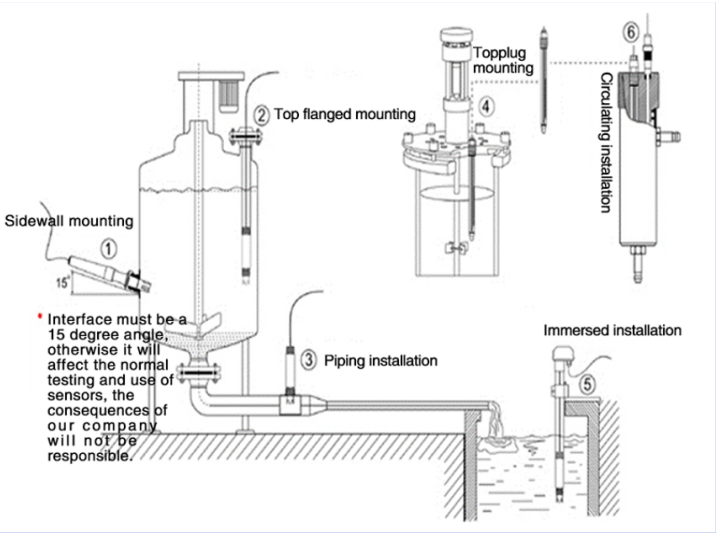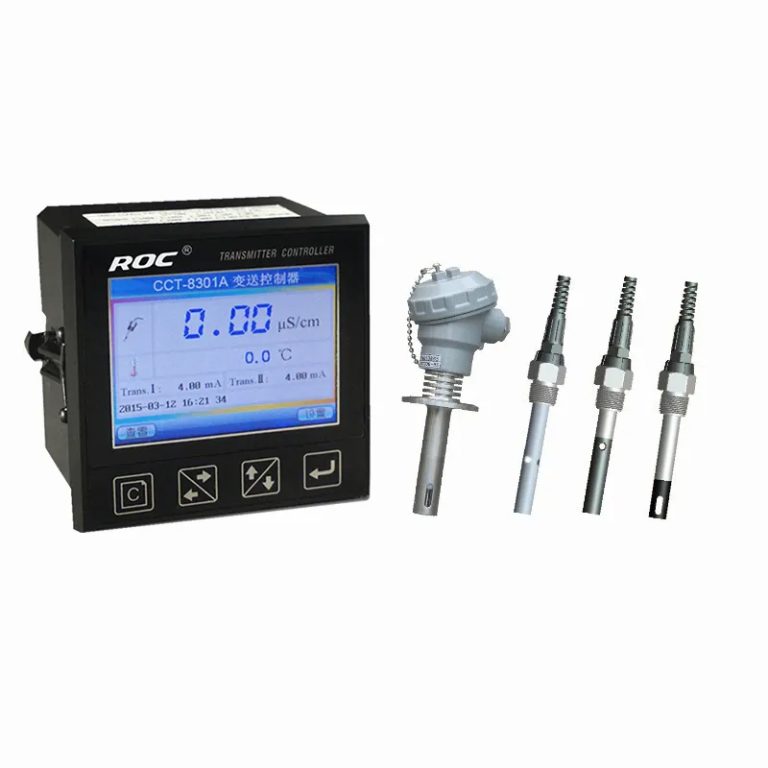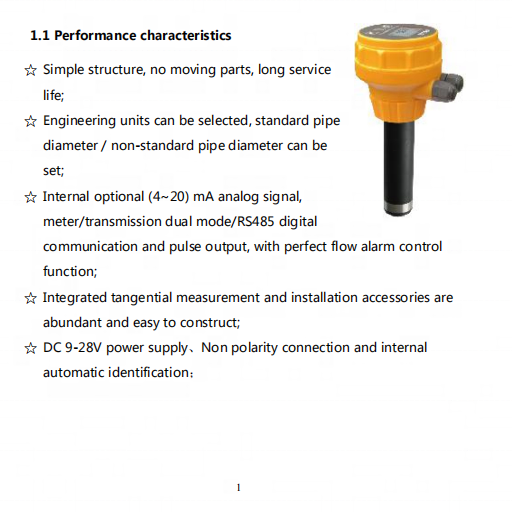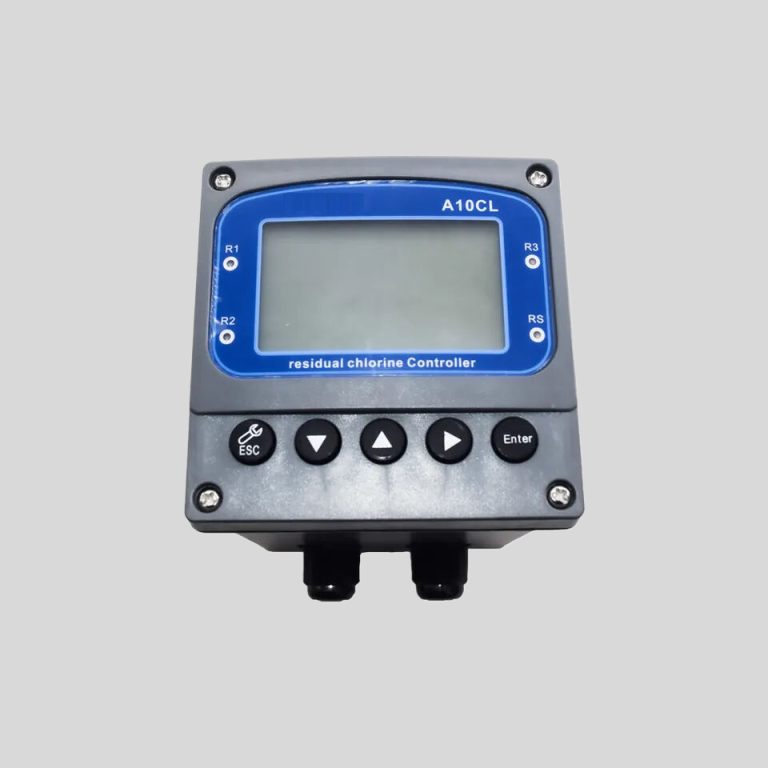Table of Contents
Importance of Testing Free Chlorine Levels in Water
Free chlorine is a crucial component in maintaining clean and safe water for various applications, including swimming pools, drinking water, and wastewater treatment. Testing for free chlorine levels is essential to ensure that the water is properly disinfected and free from harmful bacteria and contaminants. In this article, we will discuss the importance of testing free chlorine levels in water and provide a step-by-step guide on how to perform the test accurately.
One of the primary reasons for testing free chlorine levels in water is to ensure that the water is safe for human consumption or recreational use. Free chlorine is a powerful disinfectant that helps kill bacteria, viruses, and other harmful microorganisms in water. By testing for free chlorine levels regularly, you can ensure that the water is adequately disinfected and safe for people to use.
In swimming pools, free chlorine levels are crucial in preventing the spread of waterborne illnesses and maintaining water clarity. Low levels of free chlorine can result in cloudy water and an increased risk of bacterial infections. On the other hand, high levels of free chlorine can cause skin and eye irritation in swimmers. By testing for free chlorine levels regularly, pool owners can ensure that the water is properly balanced and safe for swimmers.
In drinking water systems, free chlorine is used to disinfect water and kill harmful bacteria and viruses. Testing for free chlorine levels in drinking water is essential to ensure that the water is safe for consumption. High levels of free chlorine in drinking water can cause a strong odor and taste, while low levels of free chlorine can result in bacterial contamination. By testing for free chlorine levels regularly, water treatment plants can ensure that the water is safe for people to drink.
In wastewater treatment plants, free chlorine is used to disinfect wastewater before it is discharged into the environment. Testing for free chlorine levels in wastewater is crucial to ensure that the water is properly treated and free from harmful contaminants. High levels of free chlorine in wastewater can be toxic to aquatic life, while low levels of free chlorine can result in bacterial contamination. By testing for free chlorine levels regularly, wastewater treatment plants can ensure that the water is safely treated before being released into the environment.
To test for free chlorine levels in water, you will need a test kit that includes reagents and a color comparator. The most common method for testing free chlorine levels is the DPD (N,N-diethyl-p-phenylenediamine) method, which involves adding a reagent to the water sample and comparing the color change to a color chart to determine the free chlorine concentration.
To perform the test, fill a clean test tube with the water sample to be tested. Add the DPD reagent to the test tube according to the instructions provided with the test kit. Mix the reagent and water sample by gently swirling the test tube. Allow the mixture to sit for a few minutes to develop the color.
| Model | pH/ORP-8851/9900 pH/orp meter |
| Range | 0-14 pH; -2000 – +2000mV |
| Accuracy | \\u00b10.1pH; \\u00b12mV |
| Temp. Comp. | Automatic temperature compensation |
| Oper. Temp. | Normal 0\\uff5e60\\u2103; High temp 0\\uff5e100\\u2103 |
| Sensor | pH double/triple sensor; ORP sensor |
| Display | Big Screen LCD Screen |
| Communication | 4-20mA output/RS485 |
| Output | High/Low limit dual relay control |
| Power | DC24V/0.5A or AC85-265V\\u00b110% 50/60Hz |
| Working Environment | Ambient temperature:0\\uff5e50\\u2103 |
| Relative humidity\\u226485% | |
| Dimensions | 96\\u00d796\\u00d772mm(H\\u00d7W\\u00d7L) |
| Hole Size | 92\\u00d792mm(H\\u00d7W) |
| Installation Mode | Embedded |
Once the color has developed, compare the color of the water sample to the color chart provided with the test kit. The color of the water sample will indicate the concentration of free chlorine in the water. Record the free chlorine concentration in parts per million (ppm) or milligrams per liter (mg/L).
By testing for free chlorine levels in water regularly, you can ensure that the water is properly disinfected and safe for various applications. Whether you are a pool owner, water treatment plant operator, or wastewater treatment plant operator, testing for free chlorine levels is essential to maintaining clean and safe water for people to use.
Step-by-Step Guide to Testing Free Chlorine in Pool Water
Chlorine is a crucial component in maintaining the cleanliness and safety of pool water. It helps to kill bacteria and other harmful microorganisms that can thrive in water. However, it is essential to monitor the levels of free chlorine in the pool regularly to ensure that it is within the recommended range for effective disinfection. Testing for free chlorine is a simple process that can be done using test kits that are readily available at pool supply stores.
To begin testing for free chlorine in pool water, you will need a test kit that includes testing reagents, a test tube, and a color comparator. It is important to follow the manufacturer’s instructions carefully to ensure accurate results. Before testing, make sure to rinse the test tube with pool water to avoid any contamination that could affect the results.
To start the testing process, fill the test tube with pool water up to the designated mark. Add the required number of drops of the free chlorine reagent to the test tube according to the instructions. The reagent will react with the free chlorine in the water and produce a color change. It is important to swirl the test tube gently to mix the reagent and water thoroughly.
After adding the reagent, compare the color of the water in the test tube to the color comparator provided in the test kit. The color comparator will have a range of colors that correspond to different levels of free chlorine in the water. Match the color of the water in the test tube to the closest color on the comparator to determine the free chlorine level in the pool water.
Once you have determined the free chlorine level, you can refer to the recommended range for free chlorine in pool water. The ideal range for free chlorine is typically between 1.0 and 3.0 parts per million (ppm) for most pools. If the free chlorine level is below the recommended range, it may indicate that the pool water is not adequately sanitized, and additional chlorine may need to be added.
On the other hand, if the free chlorine level is above the recommended range, it may indicate that too much chlorine has been added to the pool. In this case, it is important to allow the chlorine levels to decrease naturally over time or dilute the pool water with fresh water to bring the levels back within the recommended range.
Testing for free chlorine in pool water should be done regularly, at least once a week, to ensure that the pool water is safe for swimming. In addition to testing for free chlorine, it is also important to monitor the pH and total chlorine levels in the pool water to maintain proper water balance.

In conclusion, testing for free chlorine in pool water is a simple process that can be done using a test kit. By following the manufacturer’s instructions carefully and comparing the results to the recommended range, you can ensure that your pool water is properly sanitized and safe for swimming. Regular testing and maintenance of free chlorine levels will help to keep your pool water clean and clear for enjoyment all season long.

